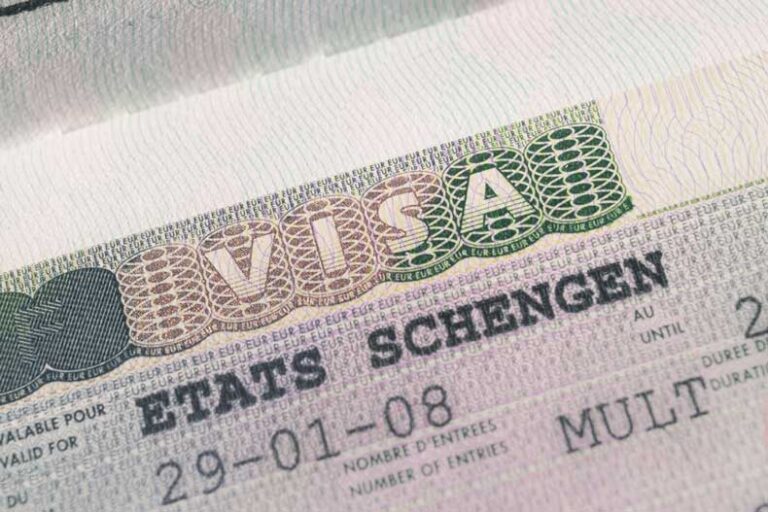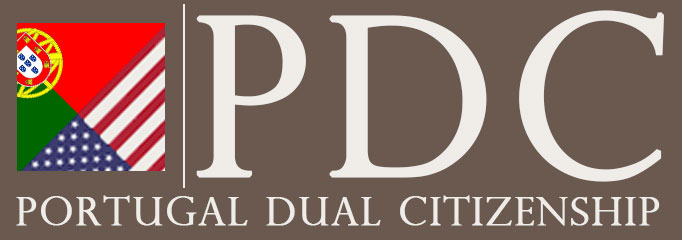Portugal gives you a fantastic climate and wonderful culture. It’s also an EU member nation, which comes with its own benefits.
Because it’s such an international travel destination (and because it offers citizens such a high quality of life), many people worry that moving to Portugal means increasing their cost of living.
But is that really true? Specifically, how does it stack up against the United States?
What you’ll find is that actually, a move to Portugal can be a great way to get much more out of the money you have—though there are complicating factors that can complicate this picture.
We’ve measured the differences between Portugal and the USA across eight different categories to answer these questions.
1. Overall Cost of Living
Monthly Expenses (Single Person)
- Portugal: ~$1,000–$1,300
- United States: ~$2,200–$2,600
Monthly Expenses (Family of Four)
- Portugal: ~$2,500–$3,200
- United States: ~$5,000–$6,000
That makes Portugal roughly 40% to 50% cheaper compared to the United States.
The exact difference depends on the region for both countries. Lisbon and Porto, Portugal’s largest cities, are much more expensive than rural or smaller urban areas. That same principle applies in the US—the price difference between living in New York City versus a smaller American city can be dramatic.
Takeaways
- Portugal’s relatively low living costs is great for those earning their income abroad or who have savings.
- If you rely on Portuguese wages, you’ll need to account for the lower average salaries that come with the lower expenses.
2. Housing and Utilities
Almost everybody’s biggest monthly expense is housing. If you avoid the premium tourist destinations, then Portugal is almost always cheaper.
| Expense | Portugal | United States |
| One-Bedroom Rent (City Center) | $600–$900/month | $1,400–$1,800/month |
| One-Bedroom Rent (Outside Ctr) | $450–$700/month | $1,000–$1,400/month |
| Three-Bedroom Rent (City Ctr) | $1,000–$1,600/month | $2,200–$2,700/month |
| Utilities (for 85 m² Apt) | $100–$150/month | $150–$200/month |
Takeaways
- Rents in Portugal generally come in well below comparable US cities. That’s even true in Lisbon and Porto.
- Utilities (electricity, heating, water, and waste removal) can be lower overall, but costs vary by season—Portugal’s mild climate often means less heating or cooling is required year-round than in many parts of the US.
3. Food and Groceries
A huge draw for many newcomers to Portugal is the abundance of fresh, local produce at reasonable prices. Thanks to its Mediterranean climate and deep seafaring traditions, Portugal offers a wide variety of fruits, vegetables, and seafood that tend to cost less than in the US.
| Product | Portugal | United States |
| Milk (1 L) | $0.80–$1.00 | $0.90–$1.10 |
| Loaf of Bread | $1.00–$1.50 | $2.00–$3.50 |
| Rice (1 kg) | $1.50–$2.00 | $3.00–$4.00 |
| Chicken Breast (1 kg) | $5.00–$7.00 | $9.00–$12.00 |
| Apples (1 kg) | $1.20–$2.00 | $2.50–$4.00 |
| Tomatoes (1 kg) | $1.50–$2.50 | $3.00–$5.00 |
Takeaways
- Many core grocery items, especially fresh produce and local staples, are cheaper in Portugal.
- Imported goods—like certain specialty international items—can be pricier due to import taxes and lower consumer demand.
4. Dining Out
If you’re going to live in Portugal, you’ll want to be part of its famous café culture and restaurant scene. And luckily, you’ll generally pay less to go out compared to the US.
| Dining Out | Portugal | United States |
| Inexpensive Lunch | $8–$10 | $15–$20 |
| Mid-range Dinner for Two | $35–$50 | $60–$75 |
| Fast Food Combo Meal | $6–$8 | $8–$10 |
| Domestic Beer (0.5 L) | $2.00–$3.00 | $4.00–$6.00 |
| Cappuccino | $1.50–$2.50 | $3.00–$5.00 |
Takeaways
- Eating out in Portugal’s neighborhood restaurants can be extremely affordable, with fresh fish and local wines often stealing the spotlight.
- Touristy areas (especially in the Algarve) may see higher prices, but they’re often still cheaper than tourist-oriented restaurants in major US hotspots.
5. Transportation
Portugal’s public transport system is affordable and widespread in cities. In the US, public transport availability and costs vary significantly from city to city, but overall, the US culture is one based around car ownership. That makes lifestyle a major feature to factor in here.
| Transportation | Portugal | United States |
| One-Way Local Ticket | $1.50–$2.00 | $2.50–$3.00 |
| Monthly Transport Pass | $40–$50 | $60–$100 |
| Taxi Start (Normal Tariff) | $3.00–$3.50 | $3.00–$5.00 |
| Gasoline (1 L) | $1.70–$2.00 | $0.80–$1.20 |
Takeaways
- Public transport in Portugal is cost-effective, especially for daily commuting within larger cities.
- Gasoline prices are notably higher in Portugal—just as they are all over Europe.
6. Healthcare
Many residents use a combination of Portugal’s public (Serviço Nacional de Saúde) and private insurance providers, while expats can access public healthcare after getting residency status.
| Healthcare | Portugal | United States |
| Short Private Doctor’s Visit | $40–$70 | $150–$200+ |
| Prescription Antibiotics (per box) | $10–$15 | $20–$30+ |
| Basic Health Insurance (monthly) | $40–$100 (private supplement) | $300–$600+ (private coverage) |
Takeaways
- Portugal’s public healthcare system is well-regarded, and it has low out-of-pocket fees for residents.
- Private health insurance in Portugal tends to be far cheaper than comparable coverage in the US, which can represent massive savings for expats.
7. Salaries and Purchasing Power
Portugal’s living costs are noticeably lower. But along with that come lower wages.
| Indicator | Portugal | United States |
| Average Monthly Salary (Net) | $1,100–$1,300 | $3,800–$4,400+ |
| GDP per Capita | ~$22,000–$25,000 | ~$60,000–$70,000+ |
| Months Covered by Salary (Single) | ~1.0–1.2 months* | ~1.6–2.0 months* |
*Approximate measure of how many months of living expenses a single person’s salary can cover.
Takeaways
- For those who earn an American-level remote salary, Portugal’s lower costs can facilitate a highly comfortable lifestyle.
- If you’re taking a job in Portugal, the lower salary may partially offset some of the cost-of-living advantages.
8. Education and Childcare
Portugal’s public schools are generally free for residents, but international schools are available at a higher cost.
| Expense | Portugal | United States |
| Daycare/Preschool (Monthly) | $300–$500 | $800–$1,300 |
| International Primary School (Yearly) | $5,000–$10,000 | $12,000–$20,000+ |
Takeaways
- Families with children can find significant savings if they enroll in Portugal’s public system—especially after securing residency.
- International schools, while cheaper than US equivalents, still represent a higher expense relative to the local average income.
Portugal Is an Affordable (and Beautiful) Place to Live
From a purely financial standpoint, Portugal consistently ranks as one of Europe’s most cost-effective places to live. And that’s even more true compared to the United States.
In almost every single one of the eight measurements we took, Portugal came out as the less expensive place to live.





